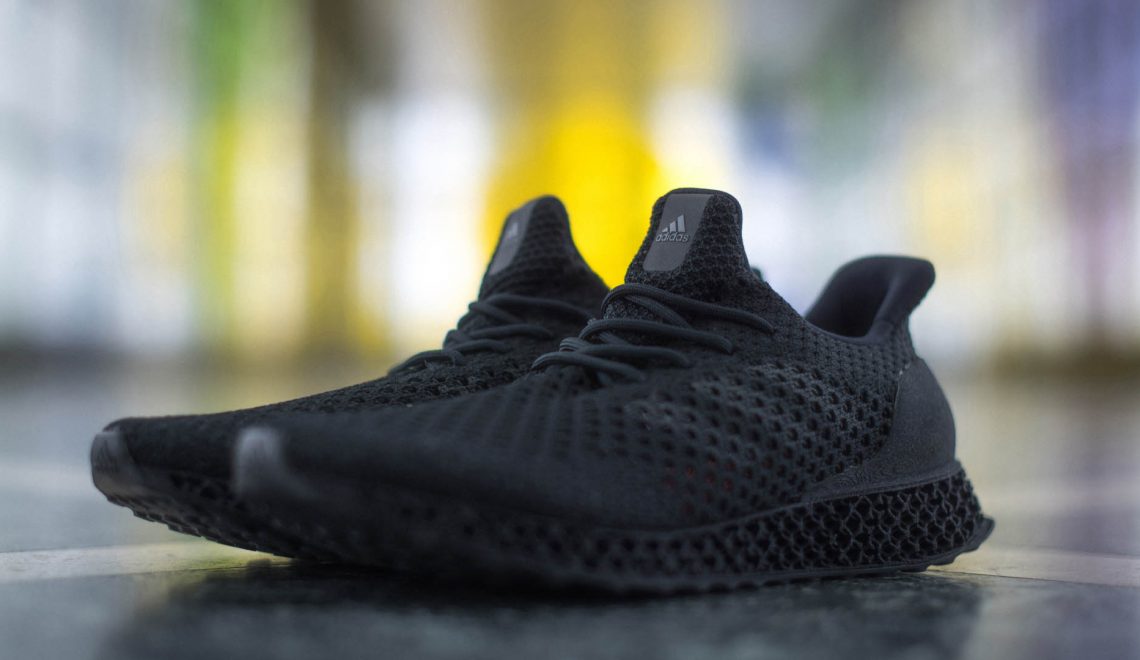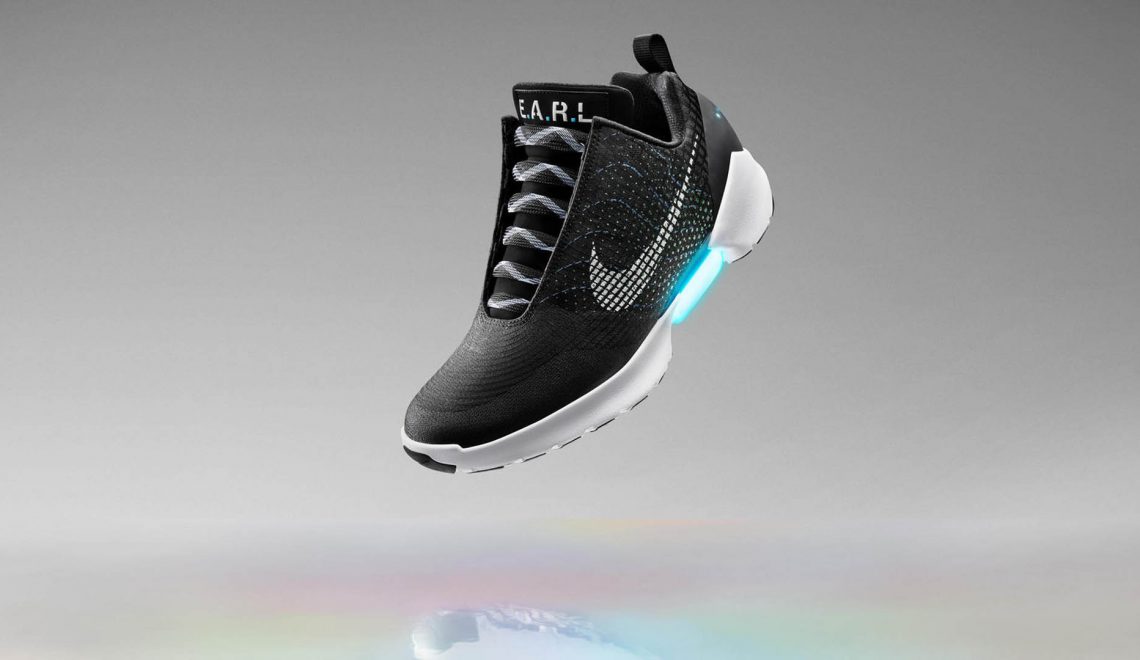When you think of HP the first thing that comes to mind is probably computers or inkjet printers (or those terrible TouchPad ads). Moving forward, HP would like for you to add 3D printing to that list. The company has announced two new commercial printers which they believe will be game changers for both prototyping and manufacturing. We don’t normally cover industrial products, but the tech behind HP’s new Jet Fusion 3D printers is a significant step forward and could very well pave the path to an on-demand, 3D printed manufacturing economy. In fact, the technology is so game changing, Nike is partnering with HP to use the printers for future products.
What is so notable about HP’s pair of new Jet Fusion 3D printers? First, the software system it is built on is an open platform. This means that software partners can work with HP to make the design-to-print process easier, more intuitive, and better integrated with existing systems. The printers will allow owners to utilize the software they are most comfortable in instead of requiring the use of proprietary applications. The printing material is also open platform. Owners of the printer are not stuck waiting for HP to release new or improved materials, instead they can turn to 3rd party partners who are already developing a marketplace of materials for the device. This will result in a higher rate of material innovation and a reduction in 3D printing costs. Besides the open platform aspects, the Jet Fusion 3D printers also offer an unprecedented level of control. For the first time, printing can be controlled at an individual voxel level (a voxel is equivalent to a 2D printed pixel – volumetric pixel – and is approximately 50 microns in size). Each voxel can have unique properties, allowing highly customized material combinations and colorations. HP imagines that one day this will allow manufacturing partners to do things such as directly embed sensors into 3D printed parts or integrate tracking information directly into parts for improved supply chain management. While voxels can be controlled at an individual level, the platform addresses over 340 million voxels per second. This results in improved printing speeds, which HP estimates to be up to 10x faster than current 3D printing systems. Not only that, the end product is also up to 50% cheaper to produce.
So what does all of this mean? Well it brings us one step closer to walking into a store and buying items created by 3D printers. New Balance, Adidas, and Under Armour already have go-to-market plans for 3D printed shoes but up to this point they have been extremely limited in quantities. HP’s new printers should pave the path for true mass produced 3D printed footwear and Nike’s partnership with HP is a show of faith in the technology. In March, Nike created a custom Flyknit sneaker for Olympic sprinter Allyson Felix. The 3D printed spikes on the sole of the shoe look unlike any 3D printed footwear we have seen to date. The detail and coloration are truly remarkable. Nike has been working with HP on the development of the Jet Fusion 3D printers so it is very possible this custom Flyknit was created using HP’s technology. If this is an example of what is becoming possible with commercial 3D printers, the future is becoming very bright for the technology. We can’t wait until the first mass market 3D printed shoes hit the market!





